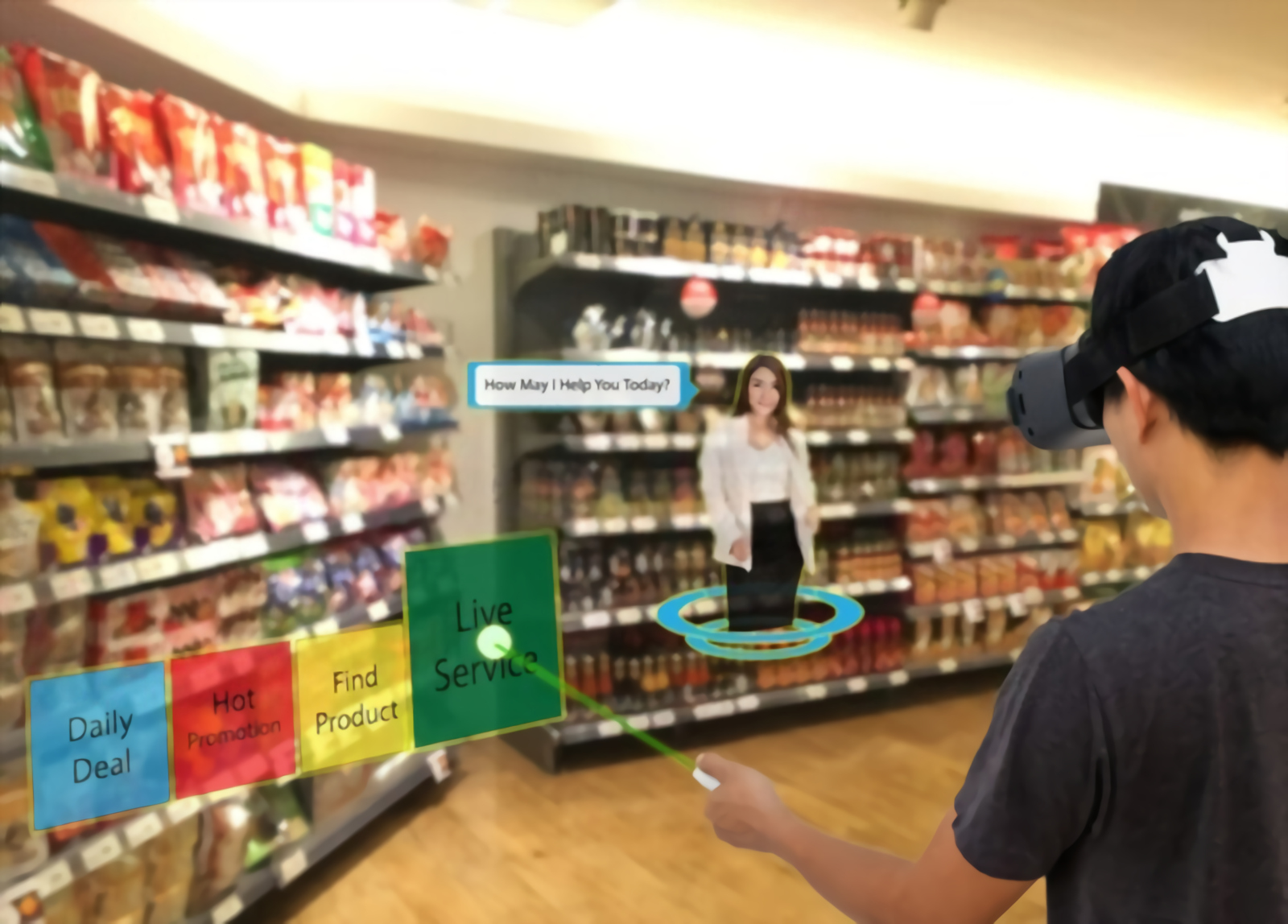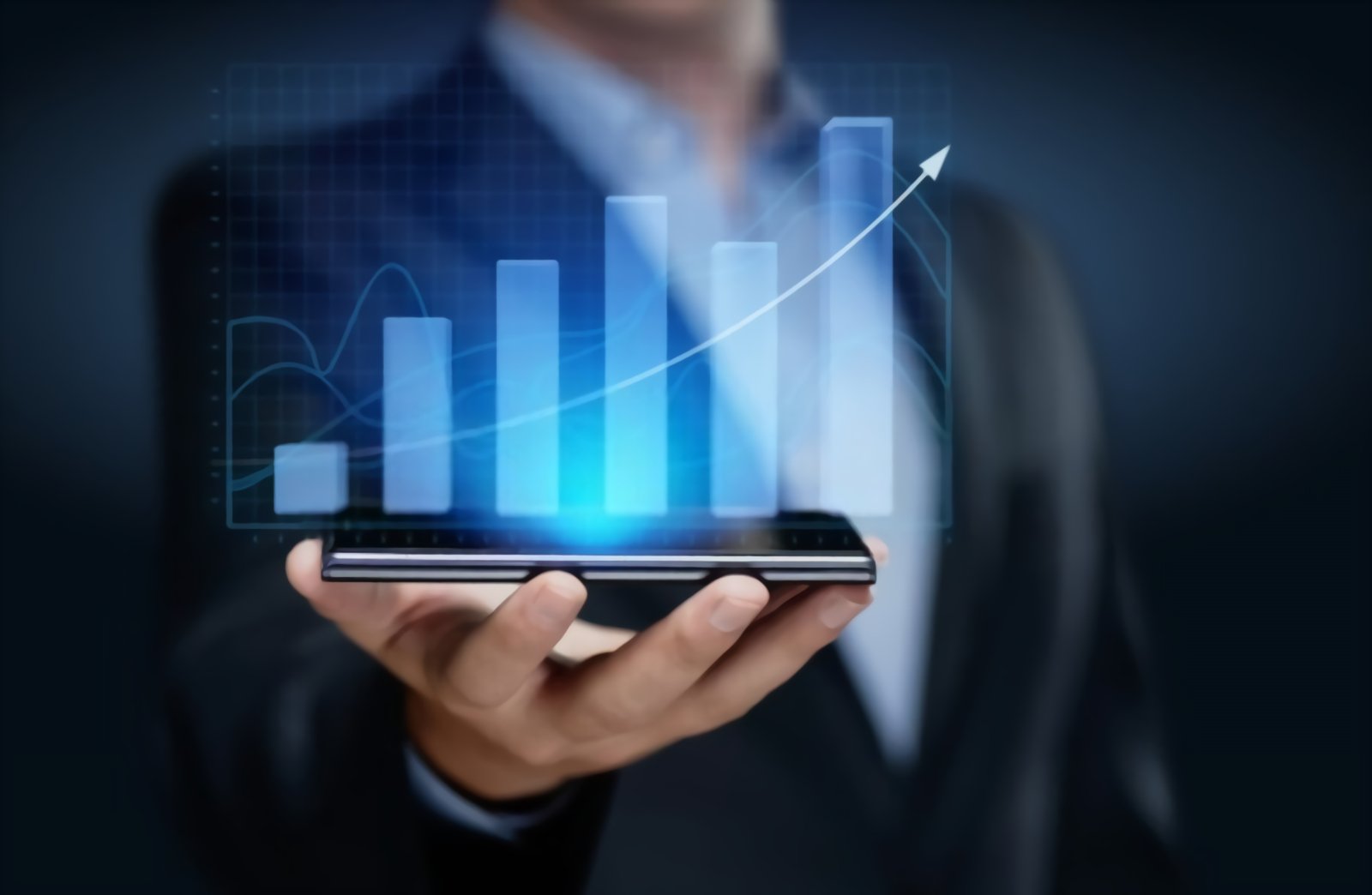The COVID-19 pandemic accelerated the shift to online ordering in the consumer goods industry. The many waves of lockdowns and closing of retail outlets amplified the competition to grab and retain shoppers’ attention demanding more convenience and innovation each day. As a result, CPG brands are devising new ways of connecting with their consumers.
On that note, here are seven digital trends that are gaining traction for CPG businesses to pay attention to in 2023.
1. Direct-to-Consumer (D2C) Technologies
Direct-to-consumer (D2C) tech comes with the advantages of being more agile and resilient and keeping stable profits in an uncertain environment. It also offers a lower cost of entry and a decreased cost of maintaining channels. Brands have moved towards direct-to-consumer platforms to capitalize on the surge in e-commerce and online ordering. A tinned food giant introduced its direct-to-consumer website offering bundles of its core products to locked-down customers, with free shipping to emergency service workers.
The manufacturer directly engages with the customers, giving greater control over their brand, marketing, and sales efforts. Additionally, going Direct to Consumer eliminates the heavy reliance on sales reps for collecting orders from the field and fills the gap between the manufacturer and consumer.


2. Connected Packaging and Serialized QR codes
With serialized QR codes and connected packaging, companies are taking their brand to the next level and connecting with their consumers in new ways to drive awareness about their products.
Serialized QR codes are the next-generational QR codes. They are just like regular QR codes with a unique serialized code in the center that is unique and connected to a database to help authenticate the product. Additionally, you can engage your customers with personalized messages or provide delivery traceability using them. So when a customer scans a serialized QR code, they can get information like ingredients batch, packaging, routing, authenticity, etc.
Another innovative way to use connected packaging is through sampling. You can provide free samples of your products at popular outlets, gas stations, and others with embedded serialized QR codes. Your consumers can scan the codes and directly place an order online for your product or get redirected to Walmart or Amazon for ordering.
You can also share information like your company’s carbon footprint and other sustainability initiatives using serialized QR codes on product packaging to cater to those GenZ curious consumers.
3. Virtual Commerce using Metaverse in Retail
Metaverse is an emerging technology that is currently making waves worldwide. An American video game conglomerate developed a “proto-metaverse” with their best-selling online, cross-platform, free-to-play battle royal game. What began as a game with an interactive experience grew into a building block called the Metaverse.
CPG retailers are investing in new capabilities to blend in physical and virtual worlds to avoid the risks of falling behind. The Metaverse presents a new campaign medium to the existing repertoire of a CPG business. A British multinational confectionery conglomerate used Metaverse to power Valentine’s Day campaign by creating an immersive 360-degree virtual environment in the virtual world.
It is also a game-changer for the industry to integrate Metaverse technology into retail operations. Metaverse really could be what lies ahead for Customer Experience in retail. In the realm of CPG, the Metaverse has the potential to bring new levels of mobility and collaboration to the world of virtual consumer goods.
4. New Technologies- AR, VR, AI, and 5G
In the modern CPG world, consumer experiences are driving brand growth, and hence, investing in new technologies and digitization is becoming crucial for consumer goods companies. A survey suggests that the retail market share of Artificial intelligence (AI) will grow to $20 billion by 2026, owing to more and more businesses leveraging customer transaction data for insights into their behavior.
Consumer goods brands also adopt technologies like Augmented reality and Virtual Reality to facilitate immersive, interactive, and unique interactions. By integrating technologies like 5G and adopting the Cloud, consumer goods companies are enabling faster, convenient, and innovative retail experiences for their consumers.
5. Driving Innovation with Robotics
A multinational grocery firm in the UK implemented Radio Frequency Identification (RFID) robots to scan inventories for entire stores in just an hour which typically takes seven hours for a store employee.
Robots in retail can drive innovation and efficiency over humans, and businesses are heavily investing in robotics for warehouse and factory automation. Manufacturers are also beginning to understand that role of robotics must extend beyond just the warehouse and exhaustively throughout the supply chain.
6. Incorporating NFTs into Marketing Strategy
As per recent headlines, NFTs are digital art sold at exorbitant prices. But, NFTs for CPG brands and retailers present many opportunities to tap into virtual worlds and connect with consumers.
CPG brands have begun experimenting with NFTs. An American fast-food chain and an American stackable potato crisp brand used NFTs as a marketing opportunity to promote their brand and products to younger audiences.
Consumer goods companies can inculcate a sense of community by creating and selling NFT to their customers. In turn, these collectable and verifiable assets create consumer loyalty. Moreover, the sales from NFT collections can go into their digital marketing efforts and trade spending without chipping away at the product margins.
7. Intelligent and Contactless Route to Market
The future of consumer goods secondary sales with less human interactions and more apps is no different from other industries. Consumer goods companies adopt contactless route-to-market solutions to support sales and supply chain expansion. One of these solutions includes Marketplace and D2C initiatives they are already working on. The other aspects of Contactless RTM include traditional collections replaced by digital payments for better transparency.
Consumer goods companies are also getting ready to start collecting orders from retailers on WhatsApp and other social media to match up with the emerging social commerce trend.
All Route-to-Market roles are evolving with the Delivery Man taken over by Q-Commerce (Quick commerce), retail execution becoming all about Image Recognition and collections replaced by Digital Payments.
In the coming years, reinventing sales and supply chain strategies to navigate the rise in delivery costs and out-of-stock distribution will continue to be a focus for CPG brands.
8. Data Centricity
With digital transformation underway, companies are generating loads of data every step of the way. Data scientists could use this data to change the pace of digital transformation. Visual analytics and the combination of storytelling are the secrets to making an effective digital data-centered solution.
As data becomes the epicenter of enterprise decision-making, companies automatically push for profitability. However, companies must have access to the right solution to leverage the benefits of data. Insights derived from data are essential for offering smart recommendations and insights.
9. Moving to Cloud
Cloud promises the CPG industry the option to leverage many newer technologies. It easily makes scalability possible, helping these brands deliver better services for consumers and retail stores.
Cloud ensures that CPG companies can optimize operations, bring innovation and advanced technologies, and modernize the current technology. Ivy works with Partners like AWS, Salesforce and Microsoft Azure to deliver the highest quality integrations.
Beyond all the benefits mentioned above, cost-effectiveness is one way to describe transformation to the cloud. One no longer needs the on-premise assets. Cloud technology reduces the need for assets and involves costs only for acquiring server spaces.
10. Brand Loyalty
CPG companies have to leverage the 59% of the population keen on spending more to purchase their preferred brand. And one-third of these people mentioned that their loyalty depended on the efficiency of the loyalty programs offered by these brands.
All this data points to CPG companies having to go the extra mile trying to focus on their loyalty program. The better the offerings, the better the loyalty from customers. Investing in a Distribution Management System that supports a loyalty program is essential for the company’s well-being.
The Final Takeaway
Consumer technology trends are developing faster than we can imagine. With the advent of new technology blockchain, NFTs, and crypto, the paradigm shift of consumer goods to an alternate virtual world will happen sooner than later. Some of these ideas are underway, while others are already up and running.
Assess yourself today and prepare now for the future ahead.